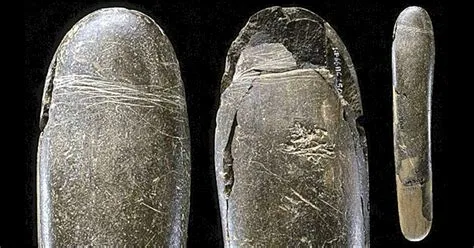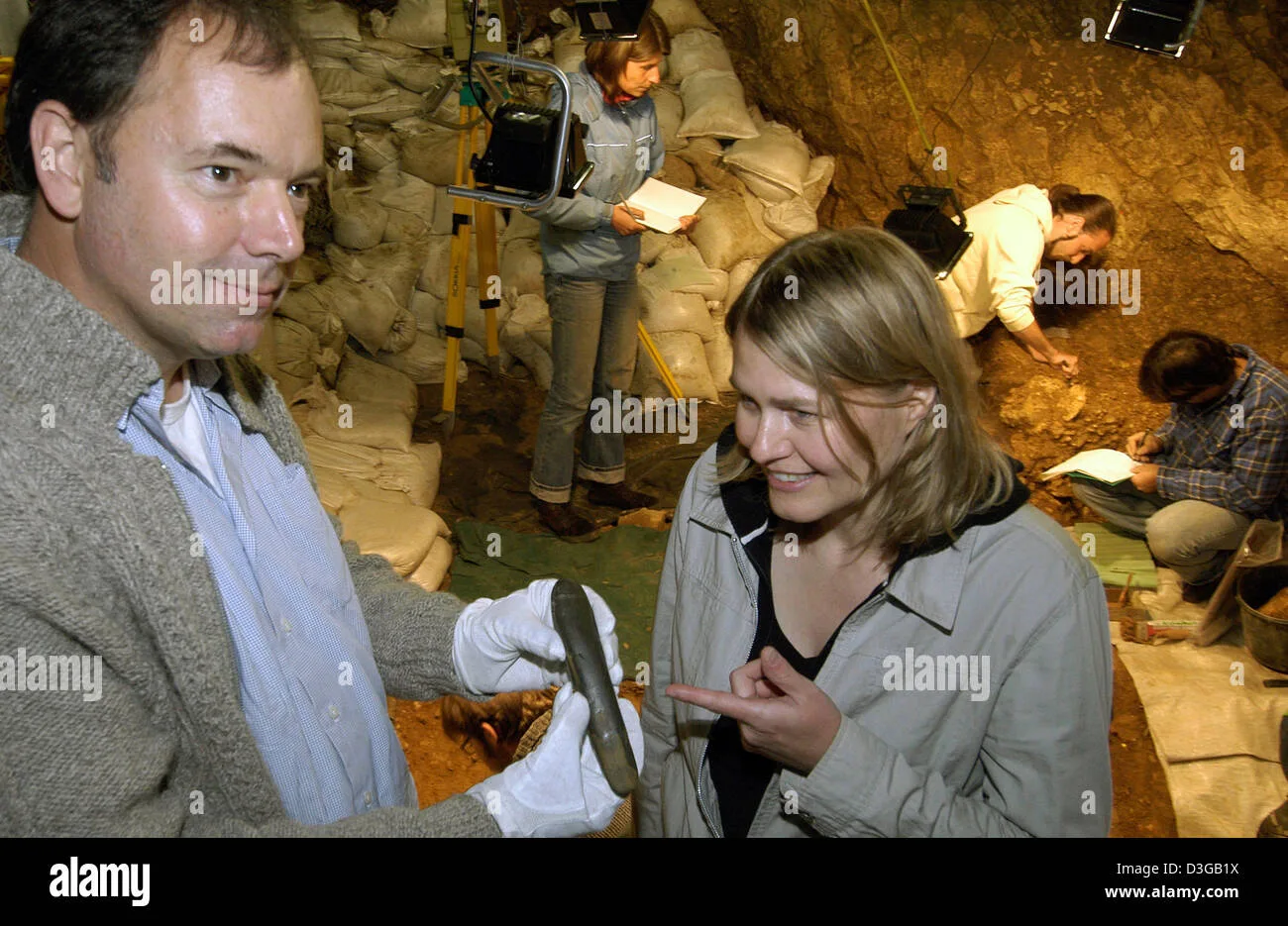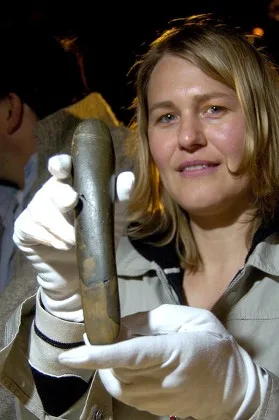In 2005, archaeologists made a remarkable discovery in the Hohle Fels Cave near Ulm, Germany – a 28,000-year-old carved siltstone artifact, believed to be one of the earliest known representations of male sexuality. This intriguing find provides a unique glimpse into the symbolic and functional aspects of Ice Age societies, revealing much about the cultural and social dynamics of our ancient ancestors.

The Discovery: Unearthing a Prehistoric Symbol

The artifact was unearthed in the Hohle Fels Cave, a site renowned for its archaeological significance. This cave has yielded numerous artifacts that have deepened our understanding of Upper Paleolithic life, including the Venus of Hohle Fels – the oldest known Venus figurine, and some of the earliest musical instruments ever discovered.
This particular find, however, stands out due to its unique design and symbolic implications. The siltstone object measures approximately 20 centimeters in length and 3 centimeters in width. Its polished surface, combined with carved rings around one end, suggests that it was intentionally shaped to resemble male genitalia, making it one of the earliest known phallic representations in human history.
A Dual Purpose: Symbolism and Functionality
While the artifact’s form clearly represents male sexuality, its purpose extends beyond mere symbolism. Archaeologists have noted distinctive wear patterns, indicating that it was also used as a practical tool for knapping flints – a crucial process in Stone Age tool-making. This dual purpose highlights the complex interplay between daily life and symbolic expression in prehistoric communities.
The object’s duality – both as a representation of male sexuality and as a functional tool – offers valuable insights into the cultural practices of Upper Paleolithic societies. It underscores the significance of symbolic objects in rituals and social interactions while also demonstrating the practicality and ingenuity of early humans.
Cultural Context: Male Representations in Ice Age Art
One of the most striking aspects of this discovery is the rarity of male representations from this era. Most known figurines from the Upper Paleolithic period depict female forms, such as the Venus figurines, which emphasize fertility and femininity. In contrast, this carved phallus suggests that male symbolism also held cultural importance, possibly linked to fertility rituals, social status, or spiritual beliefs.
This discovery challenges existing narratives about gender symbolism in prehistoric art, revealing a more nuanced understanding of Ice Age societies. It suggests that male sexuality and identity were also significant cultural themes, albeit represented less frequently than female forms.
Hohle Fels Cave: A Window into the Upper Paleolithic World
Hohle Fels Cave continues to be a treasure trove for archaeologists. In addition to this carved phallus, the cave has yielded a wide array of artifacts that shed light on the cultural and ritual practices of early human societies. These include:
- The Venus of Hohle Fels: The oldest known Venus figurine, emphasizing fertility and femininity.
- Musical Instruments: Flutes made from bird bones and mammoth ivory, demonstrating the presence of music and artistic expression in Ice Age communities.
- Stone Tools and Ornaments: Items that reveal advanced craftsmanship and social interactions among early humans.
These discoveries collectively enhance our understanding of Upper Paleolithic life, highlighting the complexity and sophistication of early human societies.
A Glimpse into Ice Age Sexuality and Symbolism

The 28,000-year-old carved phallus is more than just an artifact; it is a powerful symbol that connects us to the distant past. It offers a rare glimpse into the cultural and social dynamics of Ice Age communities, revealing the role of sexuality, identity, and symbolism in their lives.
This find challenges us to rethink our perceptions of prehistoric societies, emphasizing the universality of human expression and the continuity of cultural themes across millennia. It serves as a testament to the creativity and ingenuity of our ancestors, reminding us of the deep-rooted connections that link humanity across time.
Conclusion: A Legacy Carved in Stone
The discovery of this ancient carved phallus is a significant milestone in archaeological research, providing invaluable insights into the symbolic and functional aspects of Ice Age societies. Its dual purpose as both a symbolic object and a functional tool underscores the complexity of early human culture, while its unique form challenges existing narratives about gender symbolism and identity.
As archaeologists continue to explore the Hohle Fels Cave and other Paleolithic sites, new discoveries will undoubtedly further illuminate the rich cultural heritage of our ancestors. Until then, this ancient artifact stands as a powerful reminder of the universality of human expression, transcending time and connecting us to the distant past.
Image Credit: J. Liptak/Museum Of Prehistory Blaubeuren
This ancient carved phallus serves as a tangible link to the symbolic and social life of Ice Age societies, highlighting the enduring nature of human creativity and expression.


